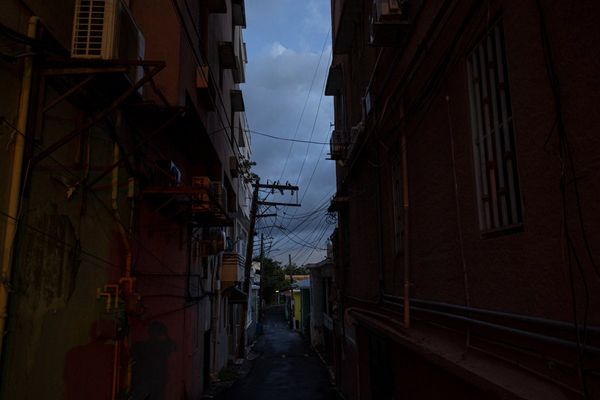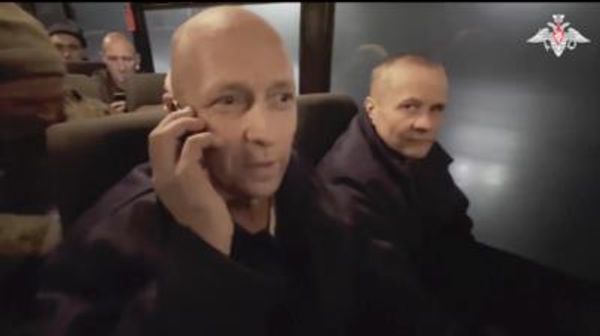
Washington (AFP) - When the United Ukrainian Ballet took the stage this week at Washington's Kennedy Center, the dancers performed works of art and also undertook a diplomatic and cultural mission of sorts.
Composed of dancers driven into exile by the Russian invasion, the ballet company sees its mission as more than dance.
To dance in spite of the war is a way of fighting "on the cultural front," a troupe member, Yuliia Kuzmych, 27, told AFP.Kuzmych danced at the Opera in Kyiv before joining the company.
US audiences have responded enthusiastically.
The ballet performed "Giselle" Wednesday night on the stage of the Kennedy Center, a national performing arts facility.
The audience gave a standing ovation to the dancers, who sang the Ukrainian national anthem hand over heart at the end while waving flags from their embattled homeland.
The ballet company brings together dozens of professional artists from all over Ukraine, who now live in exile.
"It started out as quite a small idea, which turned out to be something huge," said Dutch prima ballerina Igone de Jongh, who initiated the project, based in The Hague.
The underlying idea was to offer a safe place to the dancers and to allow them to continue dancing, she told AFP.
But it is also "the best way to keep the Ukrainian culture alive and visible," she added.
'Slava Ukraini'
While the dancers initially ended up in the same place "due to tragic circumstances," they are slowly "becoming a company because they are all united by the idea that they represent the country," said renowned choreographer Alexei Ratmansky, a Ukrainian flag pin attached to his jacket.
"They represent the culture of this country and they are not military people.They are dancers...and they fight in their field," said Ratmansky, who worked at the Bolshoi in Moscow but now uses only harsh words for "the dictator" Vladimir Putin.
At first, only women were allowed to join the company, Ratmansky said, since men of fighting age needed special permission to leave Ukraine.
But the Ukrainian ministry of culture -- "which saw this project as an important cultural message to the world" -- eventually issued exit permits to all dancers.
That is how Oleksii Kniazkov, 30, who worked at the National Opera in Kharkiv, was able to travel to the Netherlands.At the time of the invasion, he was preparing to perform "Romeo and Juliet."
"It wasn't so easy" to get permission to leave, he told AFP before warming up for the second performance of "Giselle" in Washington.
Since then, he considers his work with the United Ukrainian Ballet to be a "diplomatic mission."
"Our performances are important because we make contact with ordinary people.We unite Ukrainians, Americans and people from other countries in an emotional way," he said.
"We are all fighting for the freedom of Ukraine, and we do it through art," added Svitlana Onipko, 27, a dancer from Kyiv who joined the ballet in The Hague in September.
On Wednesday night, some of the audience at the Kennedy Center waved Ukrainian flags while others wore brightly colored Ukrainian shawls.
"Slava Ukraini!" ("Glory to Ukraine"), a young woman in the audience shouted to a round of applause.







